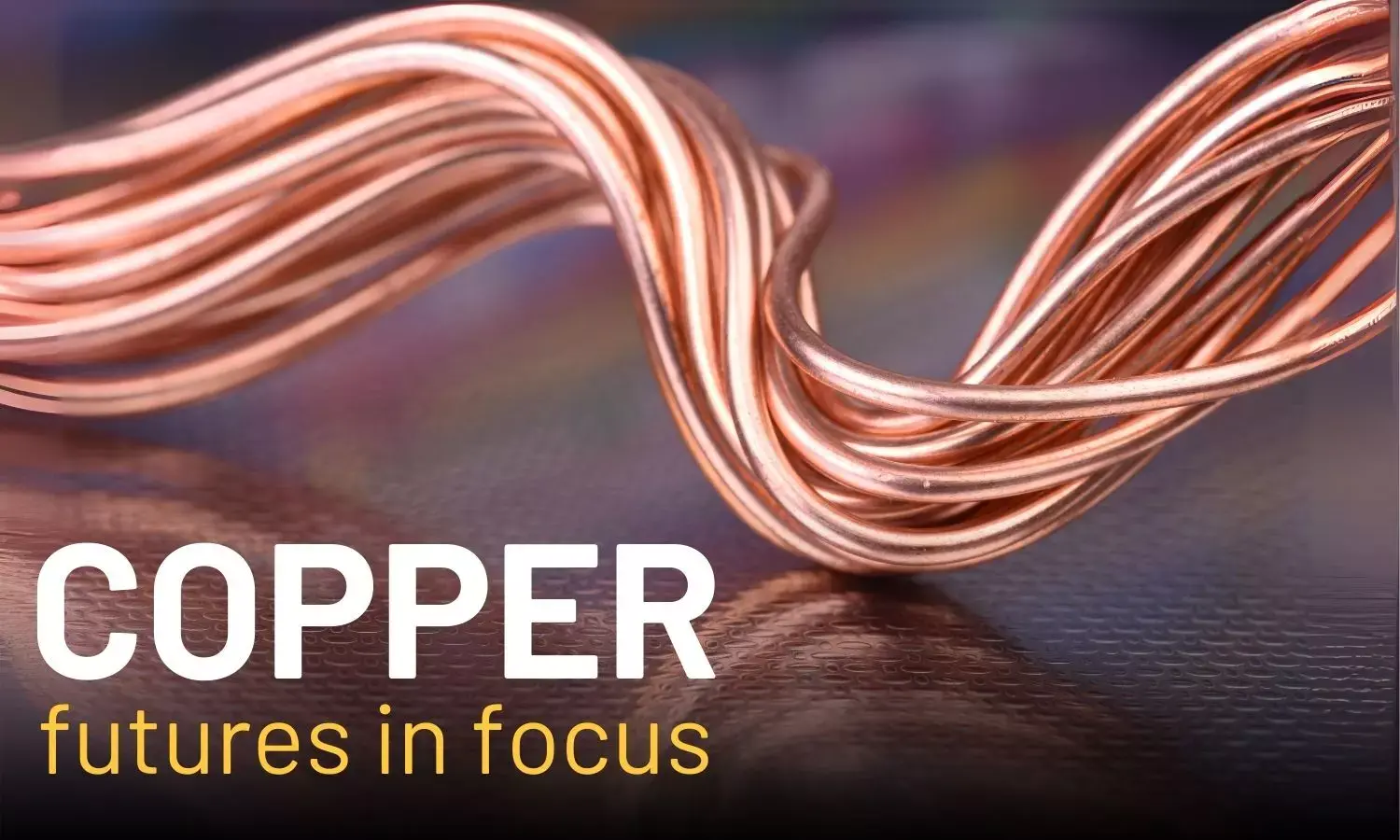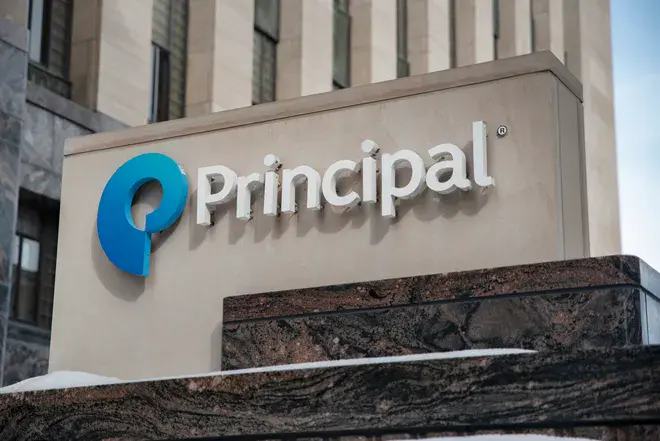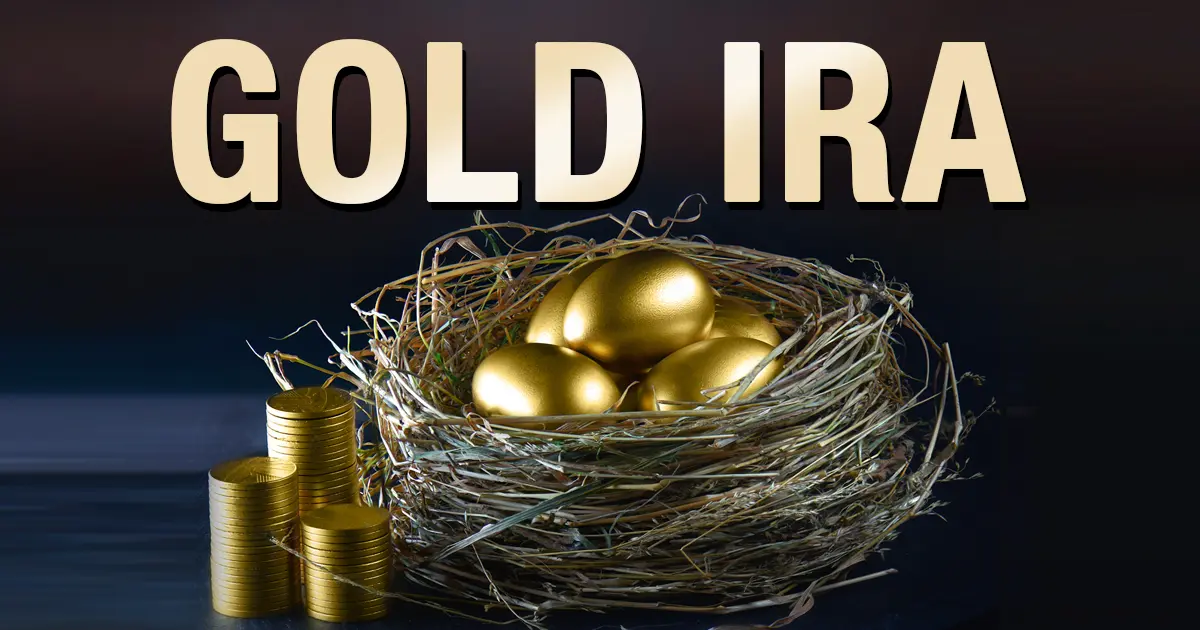
The copper futures market has been a focal point for investors looking to capitalize on the fluctuations of this essential industrial metal. As the demand for copper continues to rise due to its applications in various sectors such as construction, electronics, and renewable energy, understanding the trends and insights within this market becomes crucial for informed investment decisions.
Current Trends in the Copper Futures Market
In recent years, the copper futures market has experienced significant volatility, largely driven by global economic conditions, supply chain disruptions, and shifts in demand. One of the most notable trends has been the increasing demand for copper in the renewable energy sector, particularly for electric vehicles (EVs) and solar panels. As governments worldwide push for greener initiatives, the need for copper is expected to surge, making it a lucrative investment opportunity.
Moreover, the global transition towards sustainable energy sources has led to a heightened focus on infrastructure development, which further fuels the demand for copper. Major economies, including the United States and China, have unveiled ambitious infrastructure plans aimed at enhancing their energy efficiency and building smart grids, which will invariably require significant copper supplies.
Supply Chain Dynamics
The supply side of the copper futures market also presents critical insights for investors. The mining industry has faced challenges, including labor strikes, environmental regulations, and geopolitical tensions, which have impacted copper production levels. For instance, labor disputes in major copper-producing countries like Chile and Peru have led to reduced output, contributing to price spikes in the futures market.
Furthermore, the ongoing disruptions caused by the COVID-19 pandemic have highlighted vulnerabilities in the global supply chain. As countries grappled with lockdowns and operational restrictions, copper production was affected, exacerbating the existing supply-demand imbalance and pushing prices higher.
Price Forecasts and Market Sentiment
Market sentiment around copper futures remains bullish due to the anticipated demand from the green energy transition. Analysts predict that copper prices may continue to rise as economies recover from the pandemic and ramp up their infrastructure projects. According to recent forecasts, copper prices are expected to reach new highs, driven by robust demand and constrained supply.
Investors should note that price fluctuations can also be influenced by macroeconomic indicators such as inflation rates, interest rates, and currency strength. For instance, a weakening U.S. dollar often correlates with rising commodity prices, including copper. Therefore, monitoring these economic indicators is essential for making informed trading decisions.
Technical Analysis of Copper Futures
Technical analysis plays a vital role in understanding the copper futures market. Traders often utilize various charting techniques to identify trends and potential reversal points. One common method is to analyze historical price movements and volume patterns to forecast future prices. Below is a sample chart illustrating the historical price trends of copper futures over the past year:
Chart: Historical Price Trends of Copper Futures (2022-2023)
(Insert chart here)
Investors should focus on key technical indicators such as moving averages, Relative Strength Index (RSI), and Bollinger Bands to gauge market momentum. For example, if copper prices consistently remain above their 50-day moving average, it may indicate a bullish trend, suggesting a good buying opportunity.
Investment Strategies in the Copper Futures Market
For those looking to invest in the copper futures market, several strategies can be employed. One common approach is to trade futures contracts, which allow investors to speculate on the future price of copper. This method can be highly profitable but also carries significant risk, making it essential to implement effective risk management strategies.
Another strategy involves investing in copper mining stocks or Exchange-Traded Funds (ETFs) that track copper prices. This indirect investment can provide exposure to copper market movements while reducing some of the risks associated with direct futures trading.
Lastly, investors may consider utilizing options contracts to hedge against potential price fluctuations. Options can provide additional flexibility and security, allowing investors to set predefined entry and exit points based on their market outlook.
Conclusion
The copper futures market presents a wealth of opportunities for investors who are willing to navigate its complexities. By staying informed about market trends, supply chain dynamics, and technical analysis, investors can position themselves to capitalize on the burgeoning demand for copper in the coming years. As the world continues to transition towards sustainable energy solutions, the importance of copper in various applications will likely reinforce its status as a valuable investment asset.






